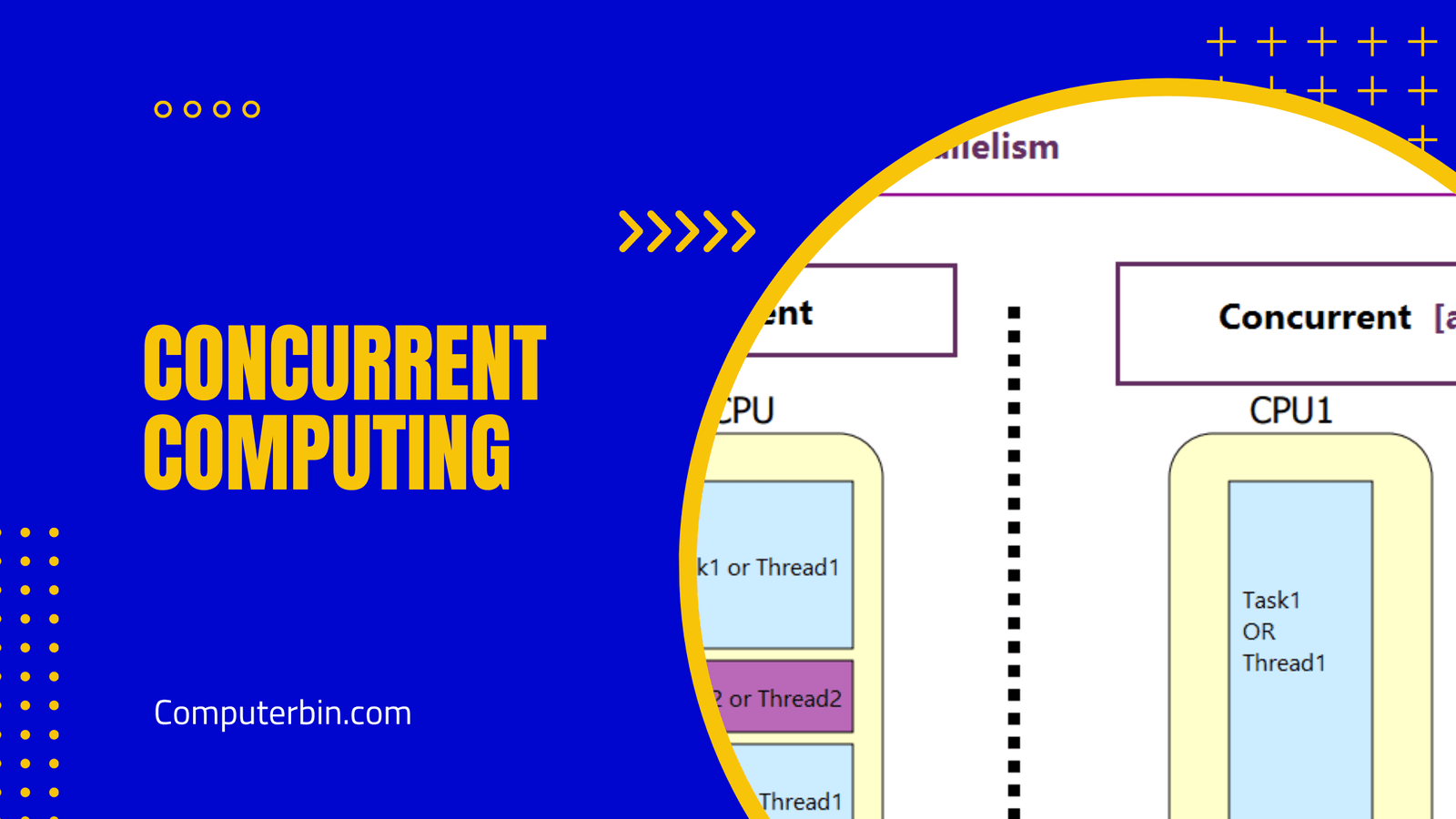Modern computer systems rely heavily on their ability to multitask. To do this, CPUs utilize context switching, which enables them to manage multiple tasks efficiently. This article will examine context switching in CPUs, its significance, working mechanism and effects on system performance.
Context Switching
Context switching is the process by which a CPU temporarily ceases one task to begin another, creating an efficient transition. This occurs when it saves the current state of one task and loads that of another. As a result, multiple tasks can be managed simultaneously on one CPU, providing users with an efficient user experience.
Why Context Switching Matters
Multitasking is increasingly important in modern computing environments, where users often run several applications at once. Context switching allows CPUs to allocate resources efficiently, guaranteeing all tasks receive adequate attention. This prevents tasks from monopolizing CPU resources and ensures a responsive system.
The Context Switching Process
Context switching involves the following steps:
- Saving the current task’s state: The CPU stores the current task’s state, including register values and program counter, in a memory location known as the process control block (PCB), located within an isolated memory block.
- Selecting the Next Task: The operating system’s scheduler determines which task should be executed next based on various criteria, such as priority, deadlines or resource demands.
- Loading the Task’s State: The CPU retrieves the task state from its PCB, restoring register values and setting a program counter.
- Execution of the New Task: The CPU resumes execution of the new task, continuing from where it was previously interrupted.
Factors Influencing Context Switch Time
The time required for a context switch can vary depending on several factors, including:
- CPU architecture: Different CPU architectures may feature varying numbers of registers, which can affect the time it takes to save and load task states.
- Cache Utilization: A CPU’s cache can influence context switch time, as cache misses may require accessing slower memory sources.
- Operating system Efficiency: The performance of an operating system’s scheduler can significantly impact context switch time.
Context Switch Overhead and Its Impact on Performance
Context switching allows for multitasking, but at a cost. Saving and loading task states can take up valuable CPU time that could otherwise be spent executing tasks. This additional overhead may result in reduced system performance, particularly when context switches occur frequently.
Optimizing Context Switching
To reduce context switch overhead, various techniques can be employed such as:
- Optimizing scheduler algorithms: Efficient scheduling algorithms can reduce context switches, improving performance.
- Hardware Support: Some CPU architectures provide hardware assistance for context switching, such as dedicated registers or instructions to expedite the process.
- Prioritizing Tasks: Assigning appropriate priorities to tasks can reduce unnecessary context switches, creating a more efficient system.





